Dwarf yaupon is a resilient shrub that is perfect for small gardens. All that is needed is regular pruning and it will stay small and cute for decades!
Key Dwarf Yaupon facts
Name – Ilex vomitoria sp.
Family – Ilex (holly)
Type – evergreen
Exposure – part to full sun
Soil – not important
Height – up to four feet (1+ meter)
Read our tips on how to plant and care for it both in an open garden and in garden boxes.
Planting dwarf yaupon
How to plant dwarf yaupon in the ground
There’s no need to prepare the soil because dwarf yaupon isn’t a very demanding shrub. It grows slowly and is able to pull nutrients out even from poor soil.
- Follow our tips on how to plant shrubs and your dwarf yaupon will settle in in no time.
Planting dwarf yaupon in a pot or container
Growing dwarf yaupon in a container is very easy.
- Ensure basic drainage with expanded clay pebbles or gravel at the bottom of the pot
- Check that there’s a drainage hole at the bottom for excess water to drain out
- Use either simple garden soil or garden soil mixed in with all-purpose soil mix
How to care for dwarf yaupon
For dwarf yaupon, only the most basic care is required:
- Water newly planted dwarf yaupon during the first year.
- In case of severe drought, provide water at spaced intervals (weekly instead of daily).
- Use mulch if your area is prone to drought so you don’t need to worry.
No need to fertilize your dwarf yaupon shrub unless it’s in a pot.
- Regular shrub plant fertilizer will do for dwarf yaupon in containers.
- No need to fertilize over the first year after repotting.
- Water more frequently since plants grown in pots need more water.
Repot dwarf yaupon grown in containers every 2 to 3 years.
Dwarf yaupon pruning and trimming
If your dwarf yaupon is in a garden box or planter, prune yearly to retain its small, tight shape.
- the best season to prune is spring
- trim again lightly at the beginning of fall to give the dwarf yaupon a sharp shape for the winter.
Dwarf yaupon is perfect for low-lying hedges.
Planting and pruning a low dwarf yaupon hedge
In Europe, boxwood is often used for low-lying hedges, but dwarf yaupon does a great job at it, too!
- Select dwarf varieties. This ensures slow growth.
- Space plants rather tightly, as per the table below:
| Desired hedge height | Spacing |
|---|---|
| 1 foot (30 cm) | 8 inches (20 cm) |
| 2 feet (60 cm) | 1 ½ feet (45 cm) |
| 3 feet (90 cm) | 2 feet (60 cm) |
In short, space your dwarf yaupon plants about 2/3ds of how tall you want your hedge to be.
If you want to have your hedge trimmed and shaped into rectangular shapes, you’ll have to prune twice a year at least. Indeed, dwarf yaupon naturally grows into round, mounding shapes.
Best is to consider letting it grow naturally. It will create a long, low hedge shaped in a half-circle, much like the long lines in a lavender field. In this case, you’ll only need to prune once a year to keep it from growing too large.
Dwarf yaupon bonsai
Dwarf yaupon is a shrubby tree that is very well suited to being grown as a bonsai.
Slow-growing and evergreen, it can be shaped into many elegant shapes like cloud pruning and more.
- Dark dwarf yaupon leaves mark a beautiful contrast to the light-colored bark. Bonsai creations may try to highlight this.
Pests and diseases that impact dwarf yaupon
No known dwarf yaupon pests or diseases. This is a very resistant tree!
When grown in pots or planters, however, it will be vulnerable to drying out and to excessive cold (colder than 5°F or -15°C).
Find your favorite dwarf yaupon shrub
- ‘Nana’ Dwarf yaupon – one of the most common, beautiful round mounding habit, crisp red berries. Deer only go for the berries, no damage to the plant.
- ‘Shillings’ Dwarf yaupon (also called ‘Stokes Dwarf’) – male cultivar that won’t produce berries. Cushion form, wider than it is tall.
- ‘Condeaux’ Dwarf yaupon – often called “Bordeaux dwarf yaupon”. Male cultivar, so it will never bear fruit.
More information here on dwarf yaupon hollies, including how large they grow.
Learn more about Dwarf Yaupon
Dwarf yaupon is a desirable addition to any garden, big or small. Its wood is very hard, and mature twigs tend to break off easily. Don’t use potted dwarf yaupon for goal posts when playing with children!
Read more:
Smart tip about dwarf yaupon
Dwarf yaupon holds better to drought when the ground is covered with mulch.
CC BY 2.0: ilouque
CC BY-SA 2.0: Ryan Somma

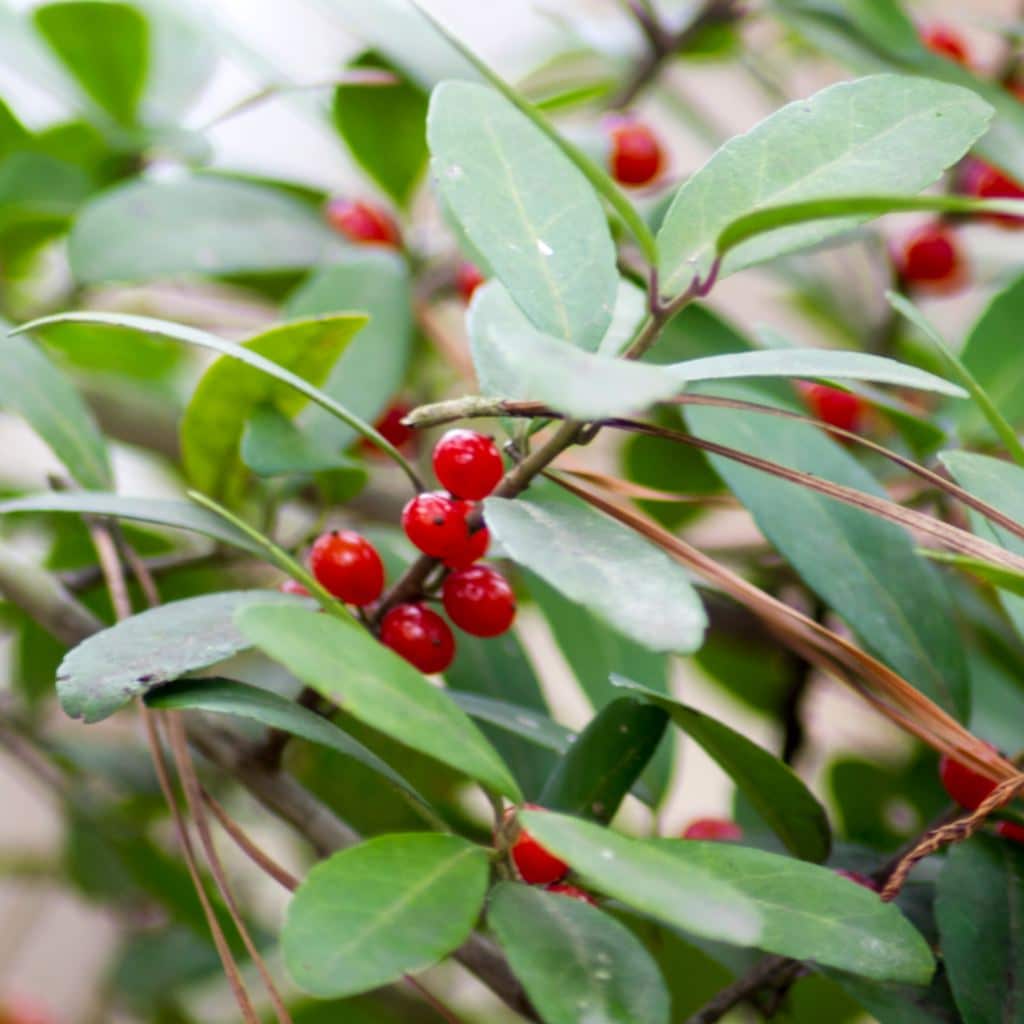
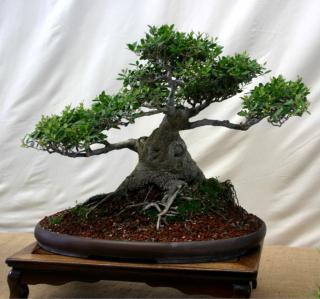
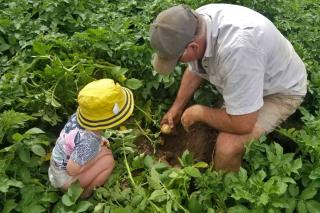
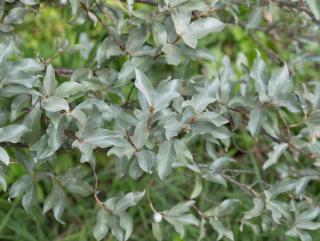
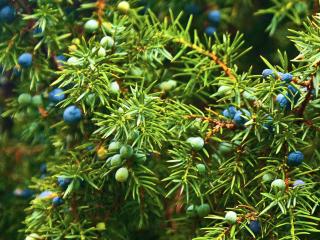
I have one yaupon Holly and Possum haw holly both are female. I want to know if you can have a male from either of this two or another male that will lead to berries?
Hello Alma, landscaping professionals comment that both of these species are readily pollinated by American Holly (Ilex opaca is the botanical name). Try finding a male cultivar for that and you should be fine.
Thank you.